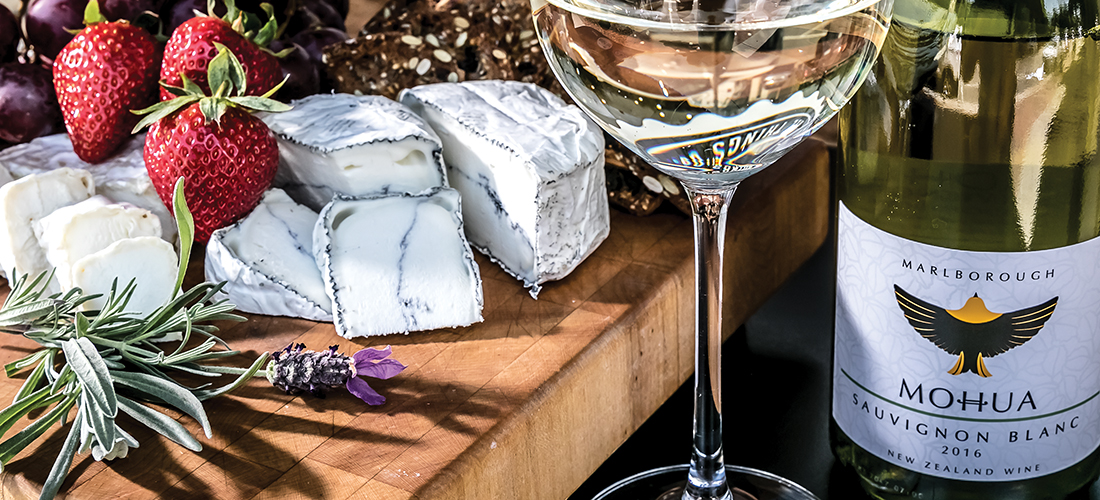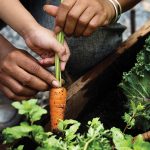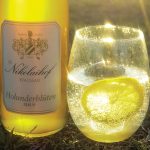
Drink your herbs, minerals, melons or limes
By Angela Sanchez
I love all types of wine. Rosés, whites and reds. For several reasons, one of my all-time favorite whites is sauvignon blanc. I like dry tart fruit, minerality, acidity and interesting flavor profiles in white wine. I also like a wine that is a chameleon, widely different in style depending on where the grapes are grown and the wine is produced.
Sauvignon blanc, meaning “wild white,” originates in the Loire Valley and Bordeaux, in France. Today it is grown all over the world with some 250,000-plus vineyards from France and Italy to New Zealand, South Africa, Chile and the United States. It is distinguished in character from other well-known white wines because of the many styles it takes on and flavor profiles it gets from aromatic compounds, called pyrazines, found in the grapes themselves. In regions where the grapes are picked early, the flavors are more lime, Granny Smith apple and malic acidity. If they’re picked later when the grapes are riper, it produces more melon, apricot and pear aromas and flavors, rounder with a bit more structure.
Growing regions that give the wines short oak aging produce sauvignon blancs with a hint of vanilla and coconut aromas. In France, a sauvignon blanc from the Loire Valley, which has a continental climate, is racy, herbaceous with lime and tart green apple flavors. It is also distinguished by its minerality that comes from the chalkiness of the soil. The climate, soil and location give it its “terroir.”
In New Zealand, the wine can range from having lime, asparagus and green apple notes to melon and white peach with an underlying herbaceousness of dill and basil. The best are those that blend grapes from both the North and South islands that vary widely in geography and distinguishing characteristics. Think of painting on a blank canvas. If you used all one color — a vineyard that produces grapes with racy acidity and lime character — you would get a nice painting. If you use a blend of similar colors that all possess something that makes them distinctive — a coastal vineyard offering peach and bell peppers and a vineyard from a high elevation that offers gooseberry — you get a painting that has depth and contrast.
Travel to South Africa and you will find one of my favorite sauvignon blanc characteristics, capsicum, the green bite in jalapeños. Wine maker Neil Ellis says it is a result of the minerals and compounds in the soil that was once an ocean bed, coupled with the cool days and high elevations of the vineyards. Lemongrass and basil are common characteristics, too, making these wines great with the Cape Malay style of cuisine — a blend of Indonesian, Malaysian and East African cooking. Think super aromatic curries from spice and herb blends.
So, what pairs with this crazy chameleon of a wine? Believe it or not, asparagus. Good thing it’s fresh out of our Sandhills farms this time of year. Grilled chicken and pan-roasted halibut with herb sauce made with dill and basil are great pairings. Zucchini, spring onion and dishes with a little spice are perfect. As for my favorite, cheese, try an aged English cheddar. A more classic pairing is goat cheese made with an eatable bloomy rind tasting of earthiness and grass with a tangy bite. A little age gives this style of cheese a softer, creamier, spreadable texture. North Carolina-made examples are Paradox Farm Hickory Creek and Goat Lady Dairy Sandy Creek. The former is a beautiful labor of love resulting in a creamy camembert style; the other bears a distinctive vein of blue vegetable ash under the rind and down the middle.
The first Friday of May is International Sauvignon Blanc Day. Grab some friends and a few bottles of sauvignon blanc from around the world, pair it with delicious goat cheese from right here in North Carolina and enjoy. PS
Angela Sanchez owns Southern Whey, a cheese-centric specialty food store in Southern Pines, with her husband, Chris Abbey. She was in the wine industry for 20 years and was lucky enough to travel the world drinking wine and eating cheese.





